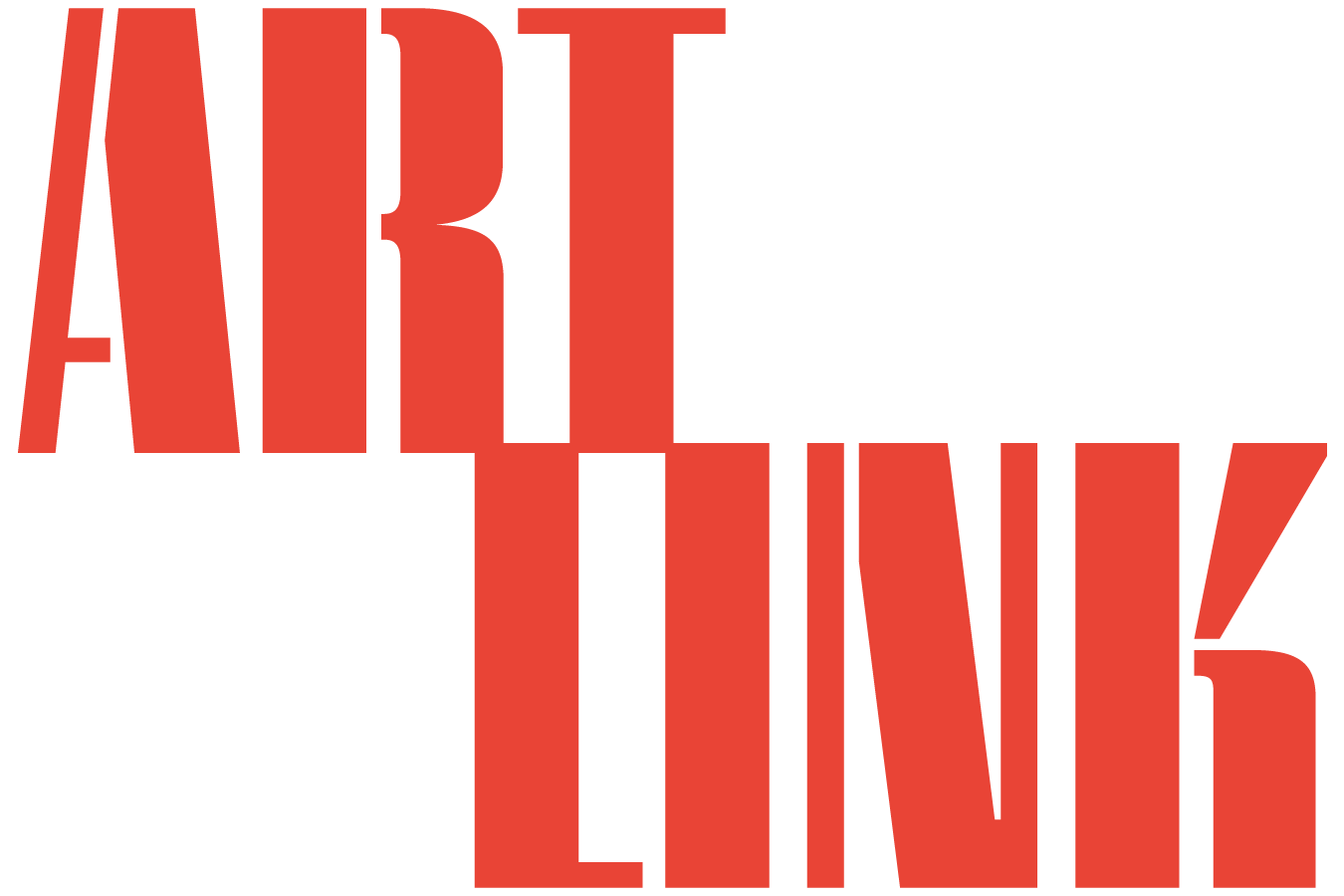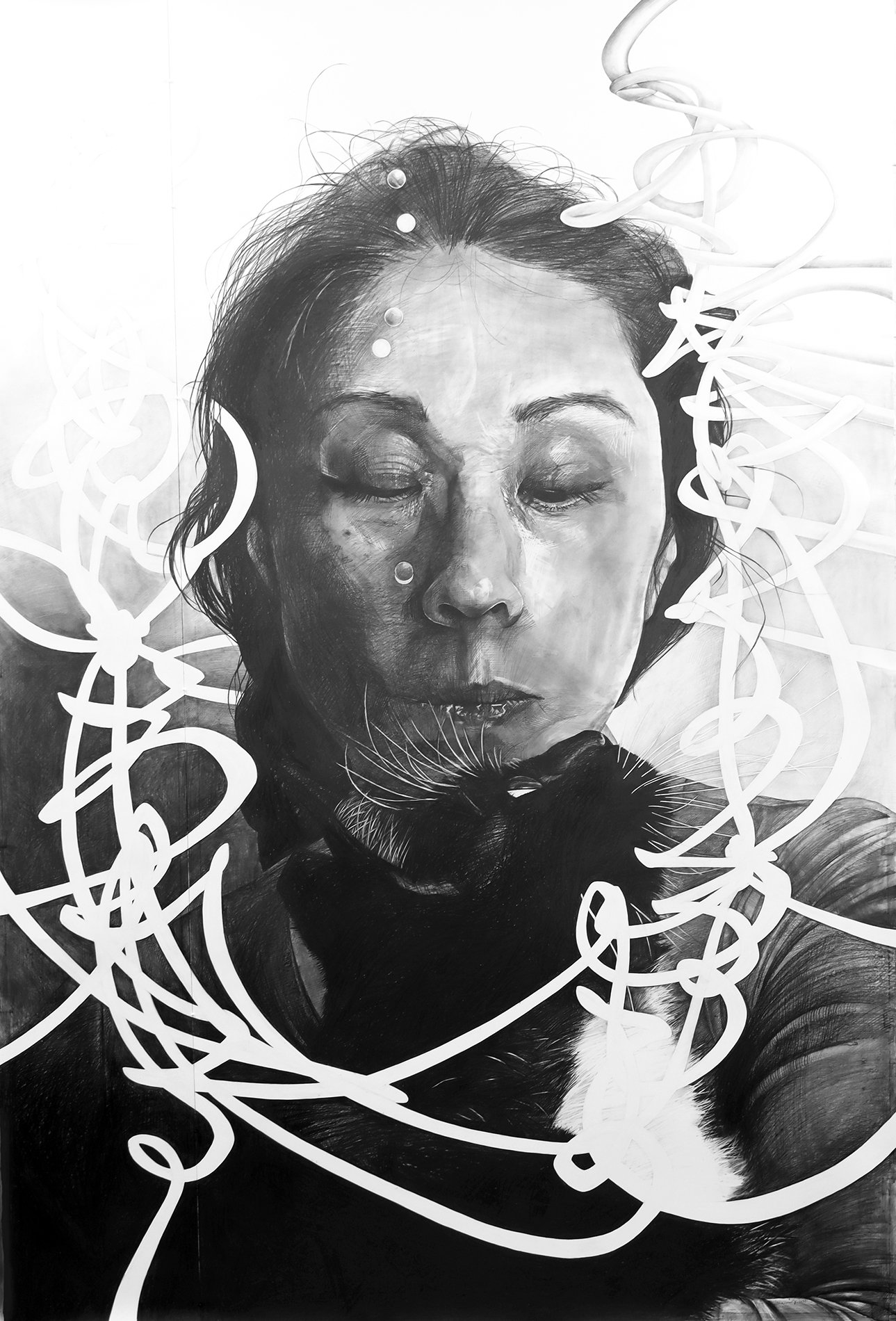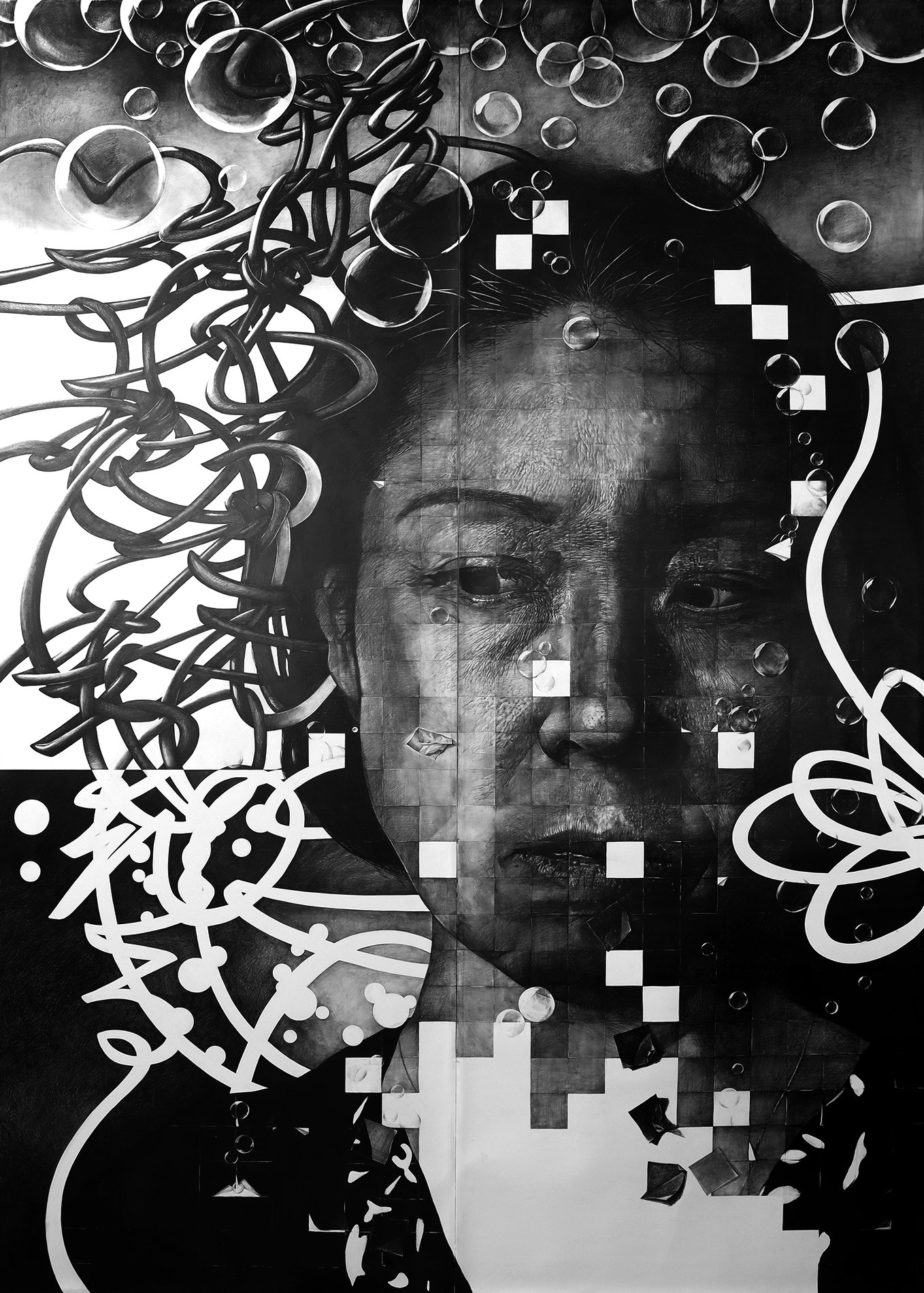諸行無常_This too, shall pass
Mayuko Ono Gray
May 2 - June 2, 2024
Artlink is pleased to present the solo exhibition 諸行無常_This too shall pass, by Mayuko Ono Gray.
Please join us for the opening reception on Thursday, May 2nd from 5-8 pm!
諸行無常_This too, shall pass
Reflecting a life which is both culturally Japanese and American, my graphite drawings hybridize influences from traditional Japanese calligraphy combined with Western drawing practices and aesthetics.
Growing up in Japan, every Saturday afternoon was spent with my Sensei, a calligraphy master who would assign words for each of us to practice. We would spend hours producing copies of the Sensei's sample. The goal was to imitate the sample, paying attention to the line quality, the varying speed, the pressure and angle of the brush movement. The handling of the brush had to become rhythmic and graceful.
At high school age, in preparation for the entrance exam to art university in Japan, I had to take private lessons to learn drawing with graphite and charcoal practicing techniques such as chiaroscuro and sfumato. Saturday afternoons were replaced by a Western style art studio with pedestals, still lifes, and white marble copies of Roman busts, instead of tatami mat calligraphy studio sitting on the floor. The fluid ink was replaced with malleable graphite and ephemeral charcoal. The wet immediacy of calligraphic line was replaced with illusionistic volumes meticulously rendered. Instead of going through dozens of rice papers in a session, one sheet of high-quality cotton paper was given to work on.
Traditional Asian art-forms have often integrated word and image, and my interest and practice also follow the path in my unique way. In my works I mostly use images of persons, animals, and still-lifes captured in my daily experiences. I assign a matching Japanese proverb to go with the image, which is spelled out with hiragana and kanji characters intertwined to create a single line. The calligraphic line begins at the top right and end toward the bottom left of the page, following traditional Asian writing. The single line going through a pictorial plane is a metaphor of a life; the continuation of our life which begins with the birth and entrance to physical body, one exit as death and loss of physical body, and all the complicated path we take in between. Proverbs are short and poetic, yet powerful and true, resonating to us today confirming the never changing characteristics of human emotions and behavior, providing timeless lessons and teachings.
More recent works often incorporate the image of bubbles. Bubbles represent energy. In "pulsating still life" series, these are energy emitted by atoms which compose matter and form. Bubbles also represent our soul or spirit, which is invisible, yet we encompass along with our physical form. I create at least one self-portrait a year to record the sign and progress of my physical decay. As I age and my body continue to deteriorate, more I am fascinated by or want to believe in the existence of the intangible- soul or spirit.
About the Artist
Mayuko Ono Gray is a Houston Texas, USA based artist whose main medium is graphite drawing. Born in Gifu Japan, she was trained in traditional Japanese calligraphy in her young childhood; later in her teenage she was trained in classical Western drawing. After graduating from high school in Japan, she moved to the U.S. She earned her MFA in painting from the University of Houston main campus in 2007.
Gray combines East and West, reflecting a life that is both, culturally Japanese and American, in her artwork. She is best known for her graphite drawings, which are meticulously rendered in chiaroscuro and consist of Japanese writings intertwined into a single strand—the beginning and end of which symbolizes life and death. This strand, which illustrates a Japanese proverb or one of Gray’s own poems, usually begins at the top right and ends towards the bottom left of the page, following traditional Asian writing. Gray intuitively draws this calligraphy, gracefully weaving in images of people, animals, or still lifes that are drawn from her experiences and her reflections on human nature, place, self, ephemerality, permanence, and universal wisdom.








